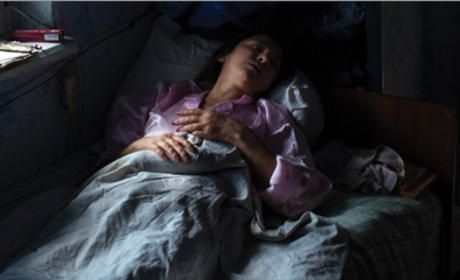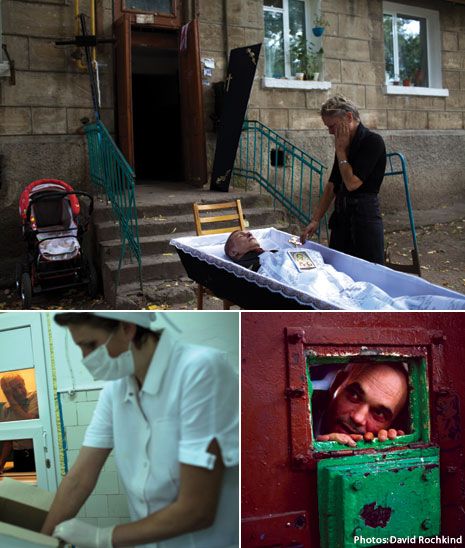Moldova has one of the highest rates of multi-drug resistant tuberculosis (MDR-TB) anywhere in the world. This deadly strain of the disease can emerge as a result of low quality health systems, poor quality drugs, lack of accessibility to treatment, and when a patient intermittently takes his medicine or fails to complete his treatment. After the fall of the Soviet Union, Moldova faced a huge economic shortfall, which exacerbated all of these conditions. The health care system crumbled, poverty rose and the country became more vulnerable to the emerging TB crisis. It is now estimated that 44 percent of all TB patients in the country are infected with MDR-TB.
As hospitals closed down and jobs became scarce, very few social programs were put in place to help manage the myriad of problems that the country's population was now facing. In essence, TB patients were left on their own to deal with the consequences of being infected with a contagious disease they knew very little about. Over the past 10 years the country has begun to implement new programs focusing on TB, but there is still very little education about the disease and even fewer resources to help treat and prevent it. TB seems to take a back seat to other social and health issues, evidenced by the fact that there are only four organizations in the country that work on tuberculosis. While the overall TB numbers have dropped or stayed stagnant in recent years, the number of MDR-TB patients has risen, showing that Moldova's infrastructure is currently incapable of dealing with the complex problems that TB treatment and prevention present.
Speranta Terrei is a small NGO that works in Balti, a town in northern Moldova that has one of the country's highest TB incidence rates. The organization is the only one in the city that works on TB; it is underfunded and staffed mostly by volunteer community health workers. Their admirable work falls short in the fight against TB not because of a lack of knowledge or will, but rather due to a lack of funding and resources. They consistently work to spread awareness about the disease, and provide patients with home health care that helps them correctly adhere to their treatment, but their staff constantly strains to reach patients on such a small budget.
Likewise, Balti's TB hospital suffers from a lack of resources and consistently operates 10 to 20 percent above their capacity of 200 patients. In 1999 the old TB hospital in Balti was closed as the government looked to make budget cuts and, according to local doctors, determined that the size of Balti did not warrant such a large TB hospital. The new hospital is smaller, has fewer resources and faces daily struggles to meet the needs of the city's TB patients.
Balti has more than 50 people who have a form of TB that does not respond to any medication – meaning the patients have no treatment options. What was once a treatable disease has produced lethal strains that leave some patients with no options but to try to stay comfortable while they wait for the inevitable. If proper measures are not taken, MDR-TB could spread to more of the general population in Moldova and beyond.
MOLDOVA: WHAT HAPPENS TO MDR-TB PATIENTS? from Global Health Council on Vimeo.





